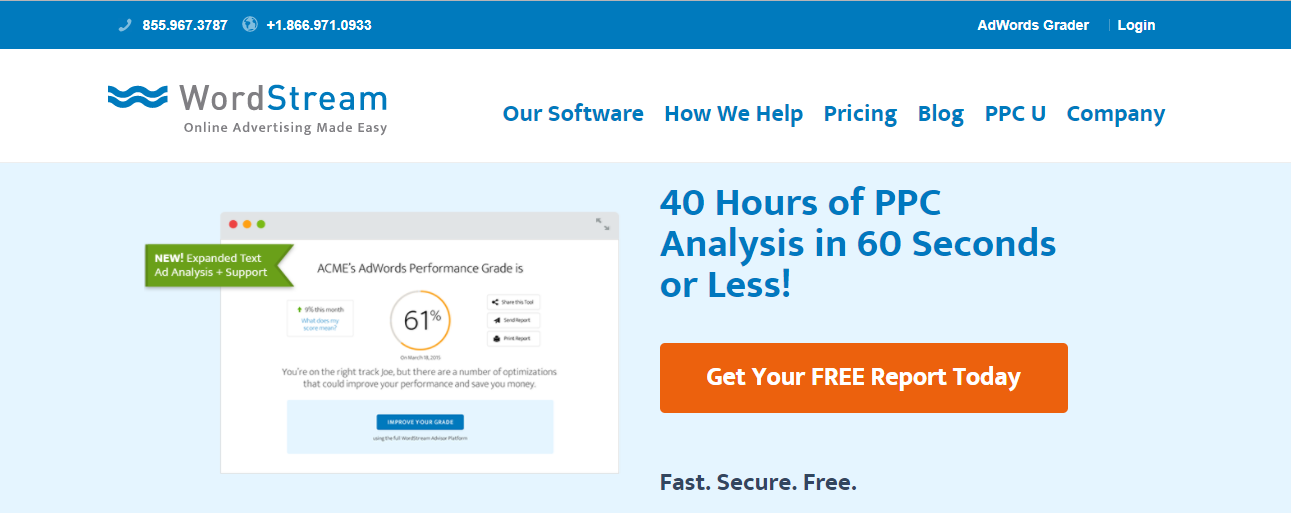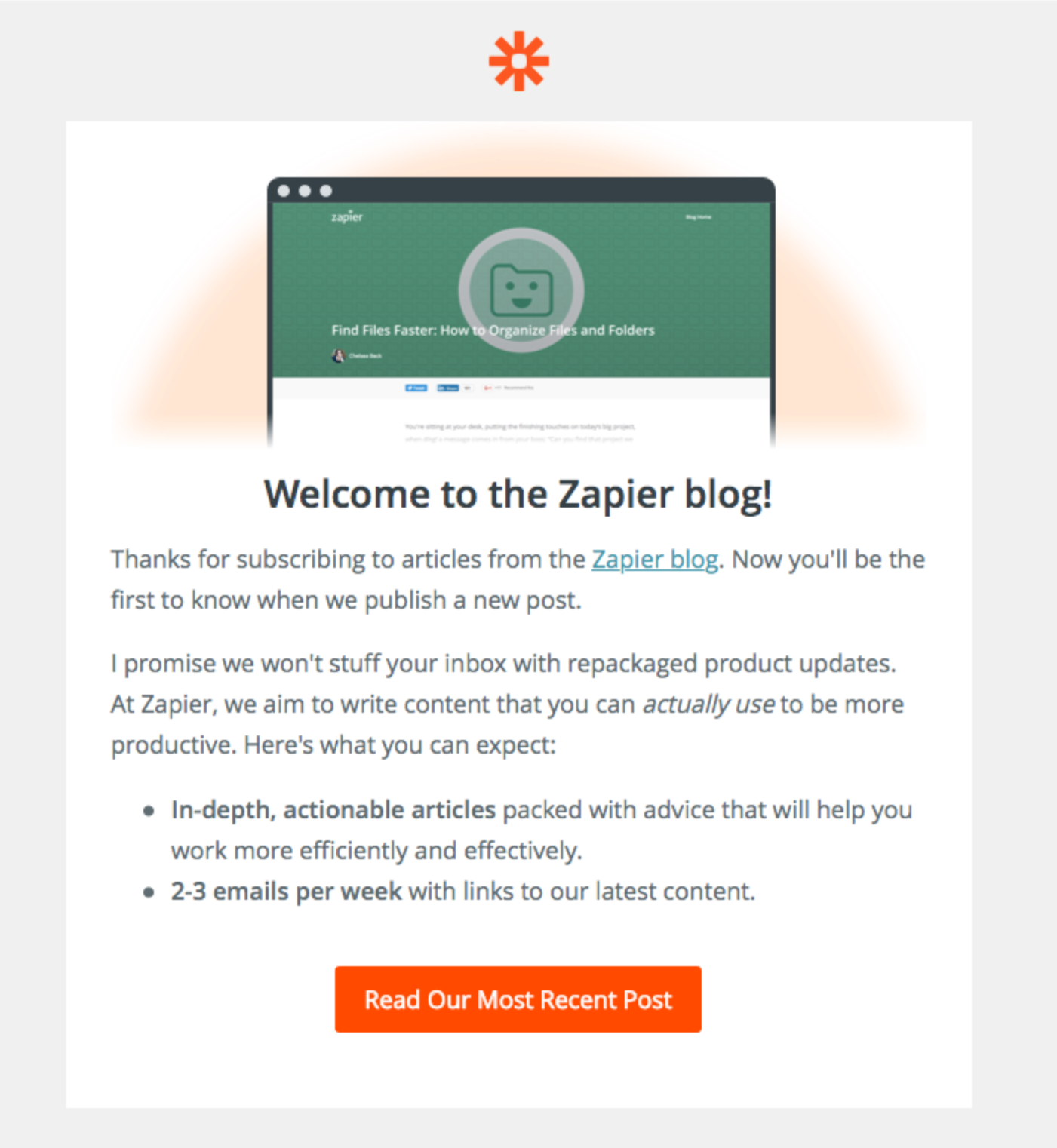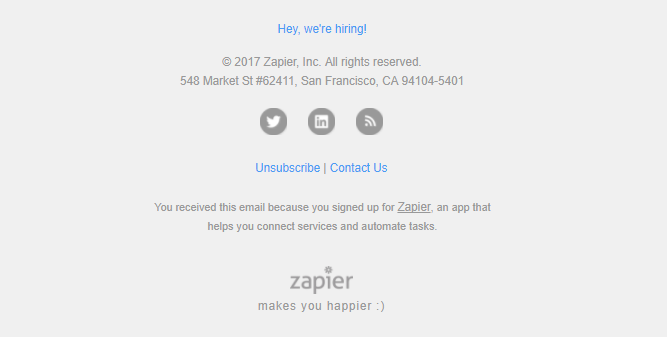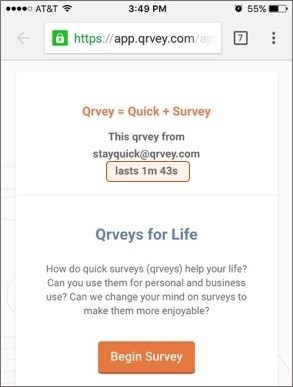Use of CTA buttons in Email Marketing
 Before we get into the usage of CTA buttons in email, let’s cover how we look at campaigns. As a digital marketer, you are always hungry for quality insights about how your campaigns are performing.
Before we get into the usage of CTA buttons in email, let’s cover how we look at campaigns. As a digital marketer, you are always hungry for quality insights about how your campaigns are performing.
- What kind of open rates should companies like yours expect?
- When it comes to email bounces, how much is too much?
- How can one measure the success of an email program?
The key to a successful email program is the level of engagement. And when it comes to measuring engagement in an email, one of the most useful metrics is clickthrough rate.
Why is my email clickthrough rate lower than expected?
You’re writing great subject lines, simple easy flowing content, but still not able to get the desired clicks to your website or to the offer landing page from your email campaign. What’s going wrong? The culprit could well be the call-to-action buttons you’re using in your email campaign.
What is a Call-to-action button?
Aptly termed as “Call To Action”, these commands are designed to make users act on a specific task related to the content they’ve just been reading. Call to action, or commonly known as CTA, is a critical component of your email program. If you don’t ask your reader to take any action, then how will you ever increase your leads or gain new customers?
- CTAs are important for the success of marketers because they provide clear and straight forward direction to readers on the next steps.
l Importance of having the right CTAs for your email
l The right Call-to-action in email has the power to close the expectation gap and enable users to take the desired action on the email.
l CTA is a part of the landing page which the user needs to click to take the action that you want them to take. CTA is the most important part of your campaign.
l CTAs transition buyer to the next phase
Call to action links in email motivate your sales funnel by serving as the transition between the phases of the buyer’s journey. A well-placed CTA will ensure that the buyer takes immediate action; whether it’s to buy a new e-book or subscribe to your email list.
l Buyers expect CTAs
Call to action in an email is not just essential for businesses. Many customers also expect them and have come to rely on them for taking the next step. If your buyer is doing what you want them to do, it’s good for the business, right?
l Boost success of digital campaigns
The primary purpose of digital advertising is to boost the success of your product by creating hype about the product among the customers. And no matter how good your advertizing strategy is, if it doesn’t have CTA, the customer will not have any lead that will take them to the next step, which is purchasing your product.
According to UXMovement, every CTA button falls under three types:
- Positive – Changes, sends, or adds information
- Neutral – Makes no change or takes users back a screen (e.g. Cancel)
- Negative – Deletes, resets or blocks information
What are secondary CTAs?
Secondary CTA is a Call to action that provides a supporting link to the primary CTA or can be an alternative action to the primary CTA. In most cases, secondary CTAs are of less prominence in comparison to primary ones. These are used in many ways, to give users additional actions to take especially if the primary CTA is not relevant to them or they want to engage further in the email.

For example, your campaign might be about generating sales for an e-book. In that case, your primary email will call visitors to download your e-book and the call to action in your email will be the download link, but to redeem their download, they will have to fill a lead capture form. And, your secondary CTA will be to ask buyers/visitors to subscribe to your emails for more such e-books. Even if they don’t buy your product through the first CTA, at least the secondary CTA will ensure that they have some link to your site/product.
Why should I use a secondary CTA?
Secondary CTAs are no less important than a primary CTA. It is powerful enough to perform actions that can help engage, retain or manage customers.
Use of a secondary CTA has many benefits:
1. Supports Your Primary CTA
The most important thing you don’t want your secondary CTA to do is to compete with your primary goal. If your aim is to increase the number of survey forms to be filled, don’t divert your secondary CTA’s attention from it. Instead, you could include an option to share the survey forms on social media, and increase acquisition.
2. Converting Leads To Sales
You may have users who have opted in for only one of your services; here’s where secondary CTAs prove powerful. Email marketers use secondary CTAs as a tool to cross-sell their services.
3. Assists Other Organisational Goals
Let’s break the stereotype that CTA’s main focus is on sales. Other activities are equally important to your company, which can be social sharing and connection, updating profile information, promoting an event, fundraising, feedback surveys or any number of other business goals. Choosing activities as secondary CTAs highly depend on your goals.
What roles can a CTA play in your email?
Use of CTAs heavily depends on the type of industry you are in, the product you offer and related things. Following are some of the common use cases of CTAs, irrespective of the industry type.
1. Lead Generating CTA

WordStream uses contrasting colors to make it bolder in the whole blue colored website theme. The text of the CTA clearly promotes their free report.
2. Sales CTA
Apple keeps its sales approach simple and clear. Minimal email body text supporting the CTA text with a clear-cut intention of conversion.
3. Informational CTA

Zapier’s welcoming email is a good way of leading users to their content. Also the text saying that they won’t stuff your inbox is a good way to gain user’s trust by assuring high quality content.
4. Social Sharing CTAs

There are two perspectives to social media CTAs.
l Brand/organization perspective: Brands include social media CTAs to establish brand awareness, gather feedback, provide important surveys, and increase audience on their social platforms.
l Customer perspective: Customers use brand’s social accounts to gather info about new products or services, or to follow the latest offers from the company.
5. CTA To Collect Feedback

Qrvey uses a perfect combination of CTA and the email content. The text of the CTA is clear and bold on its purpose. The email content handsomely supports the CTA by mentioning the validity of the survey and creates urgency.
Conclusion
CTAs are like the finishing touches for email optimization your content might be attractive without them, but it will remain just that, a piece of content that people enjoyed reading. The success of your email comes to one point, your CTA. To crack the code of the CTA, the simplest and best way is to understand what action you want your user to do. Start implementing CTAs and watch the conversions rise. To get your content to generate sales leads for you, integrate CTA.
Rooney Reeves is a Technical Geek and has 5 years of experience in working with a web, e-commerce & mobile app development company – etatvasoft.com. She has expertise in writing about web technology and online branding tips. She is a fond of social activities and like to explore to new places.

 Delicious
Delicious Digg
Digg StumbleUpon
StumbleUpon Propeller
Propeller Reddit
Reddit Magnoliacom
Magnoliacom Newsvine
Newsvine
Comments
Post new comment